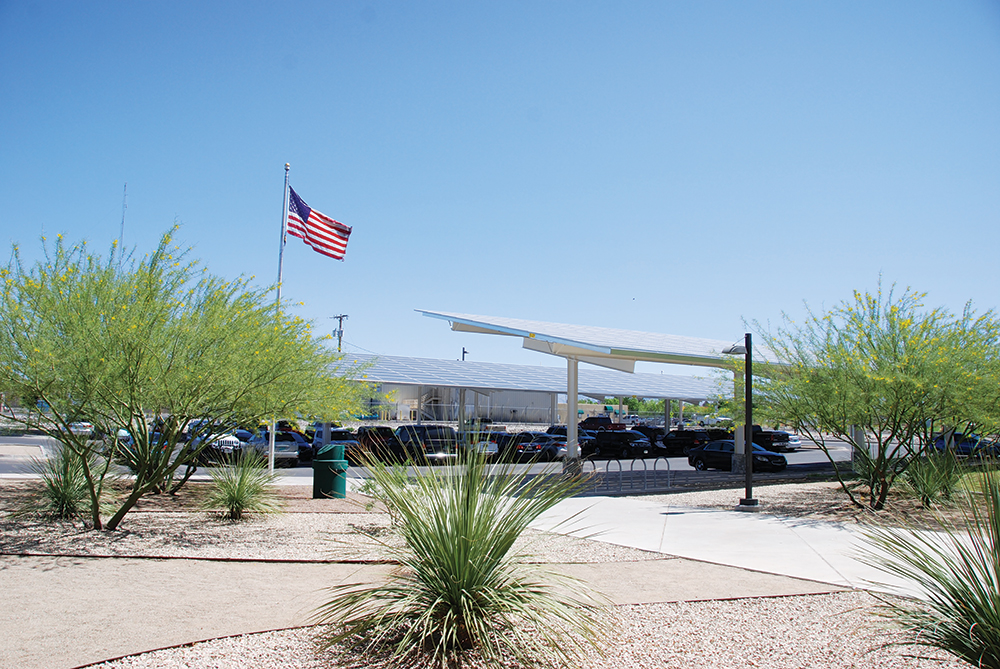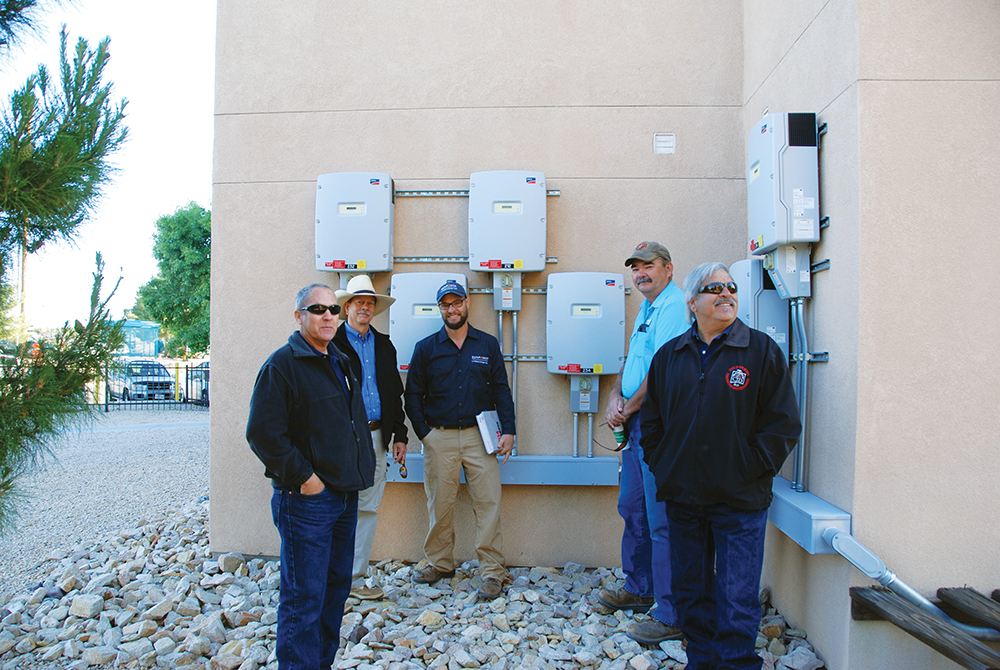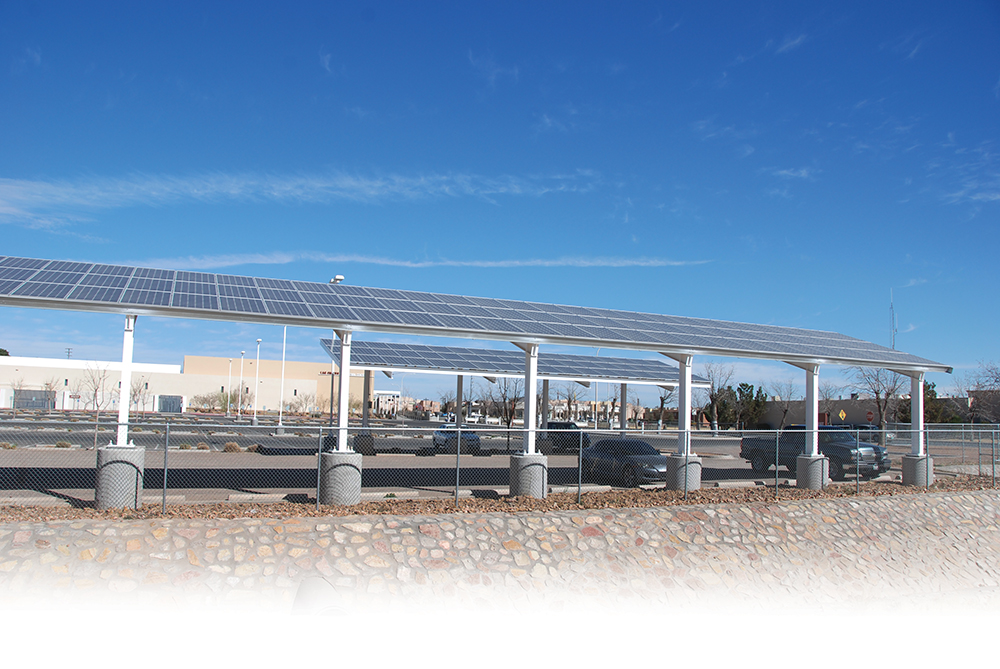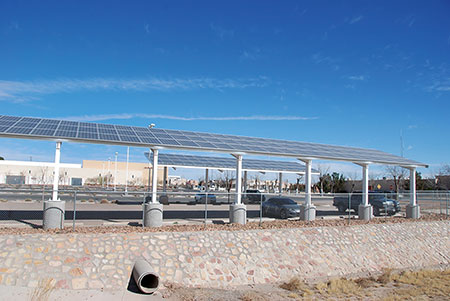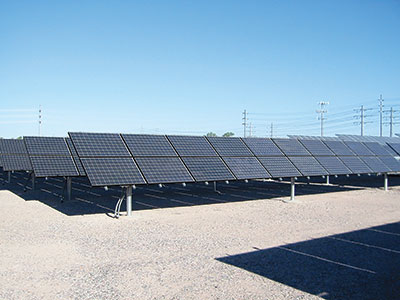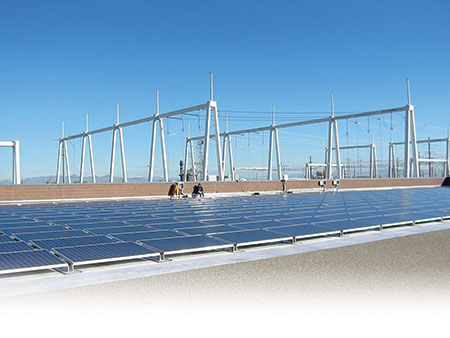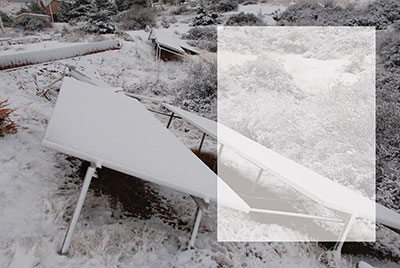Photons (solar energy from sunlight) hit a PV module and electrons (electrical energy) come out. The amount of electricity (volts and amps) a PV module will produce is proportional to the amount of sunlight shining on the module (more is better),
Photovoltaic power systems are proliferating and are going to be a major player in our nation’s energy mix. The inspector community must be able and willing to inspect these systems as the last line of defense in ensuring the safety of the public.
Those of us in the inspection community and those associated with the inspection community, including inspectors at all levels, chief inspectors, building officials, and administrators responsible for funding, need to work diligently to increase the competency and quality of our inspection process and our inspection force.
This article will continue our review of the significant changes in the 2017 NEC that relate to photovoltaic (PV) power systems.
The 2017 NEC has incorporated sweeping changes in the way it deals with PV systems and related systems that will resonate into the future for many years.
This article will cover some of the behind-the-scenes activities that occur along with the more formal process of developing the Code and the UL standards for PV systems.
Sunlight is our most valuable resource and, when properly used, it can provide all of the energy the world needs for future generations. The PV module through the photovoltaic effect is the device that allows us to convert sunlight directly into electricity and that solar-generated electricity has some unique characteristics.
PV ac system output currents for the larger systems are usually too high for connection on the load side of the service disconnect and must be connected on the supply side of the service disconnect. The NEC allows such connections, but the existing service must be examined carefully to determine where the connection can be made and what type of equipment must be used to make the connection.
Considering the complexity of the PV systems and the environment in which they operate, electrical inspections of PV systems is no easy task for the AHJ.
Photovoltaic power systems, like other electrical power systems, require overcurrent protection for conductors, bus bars, and some equipment.

